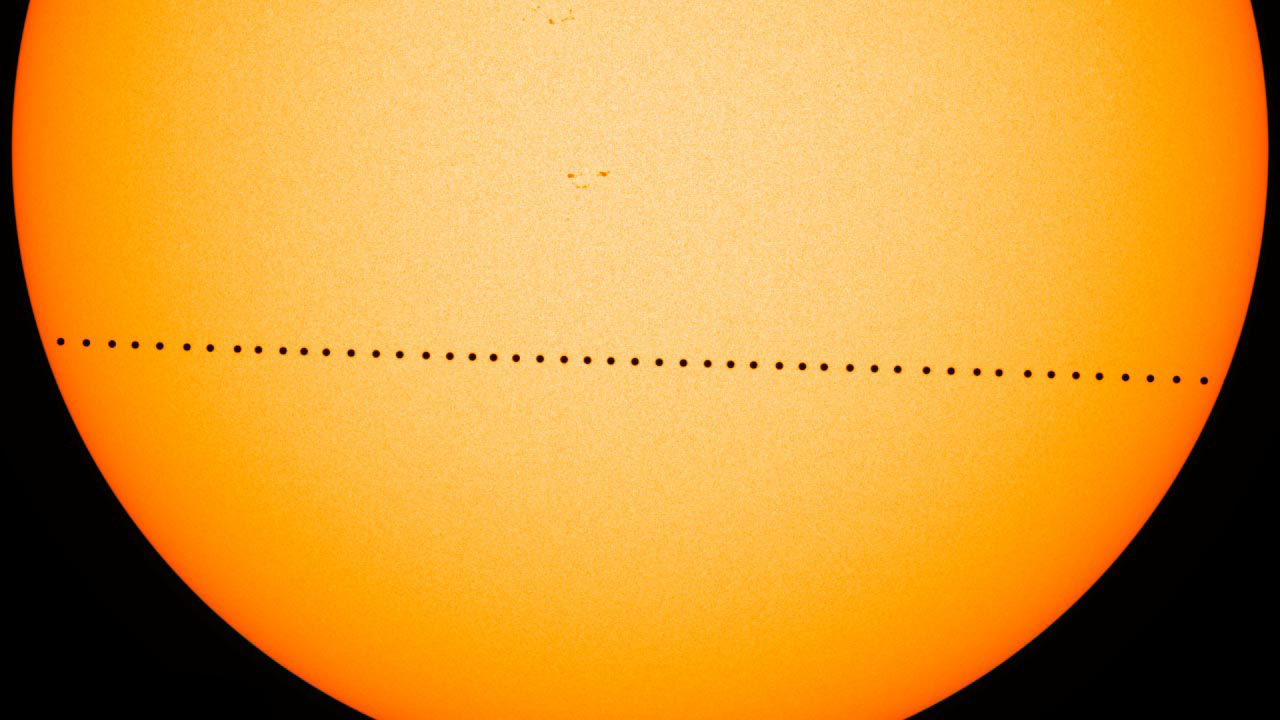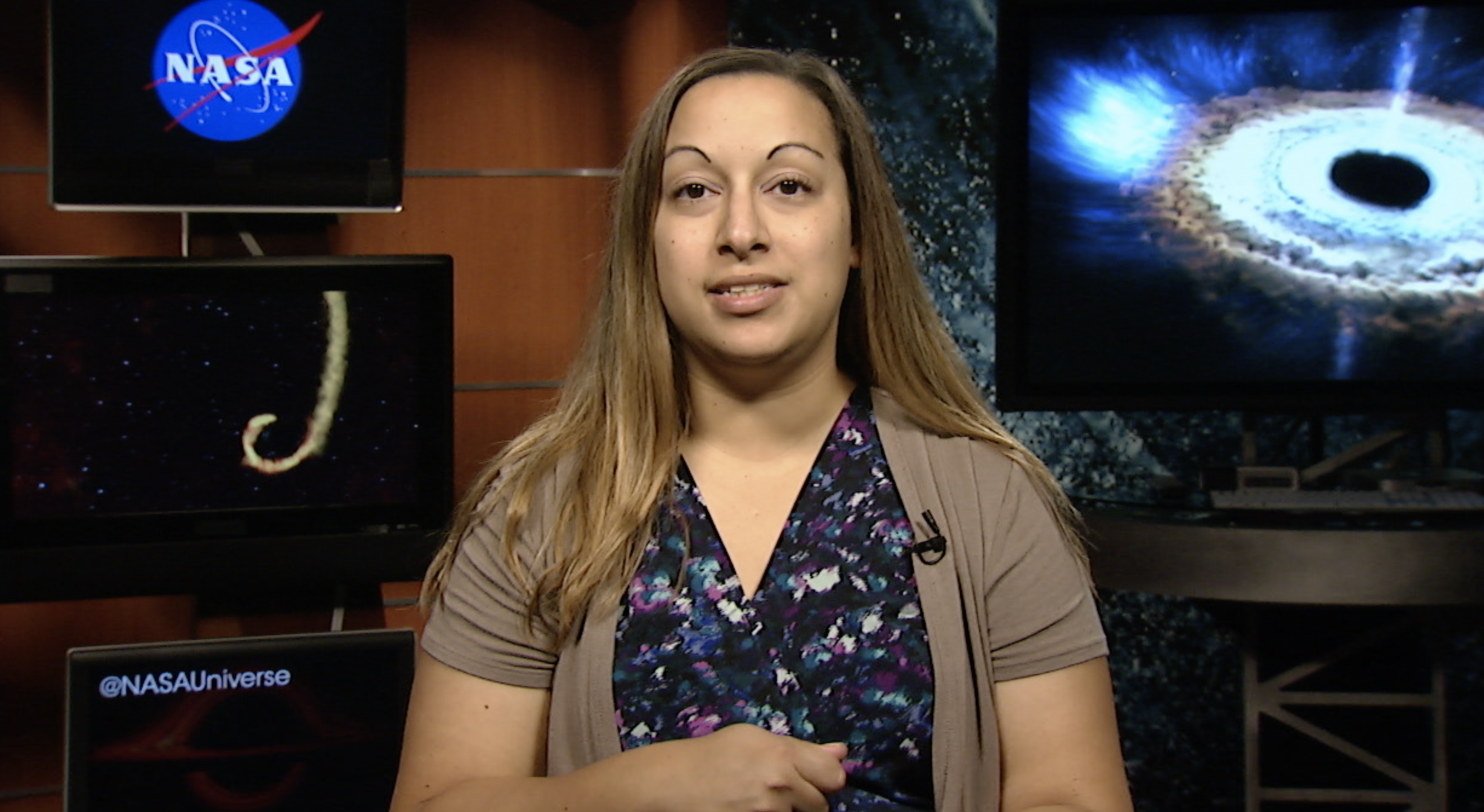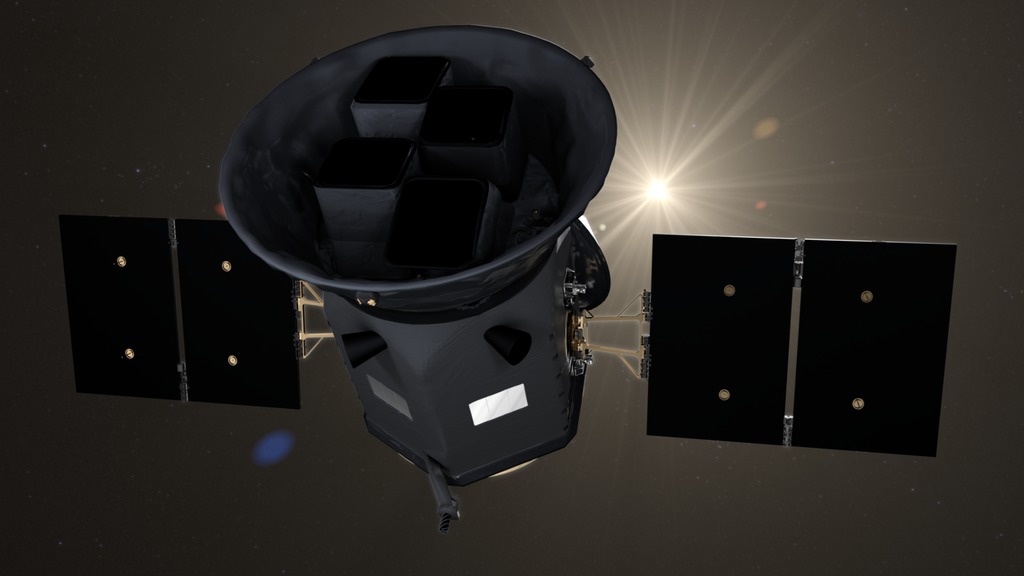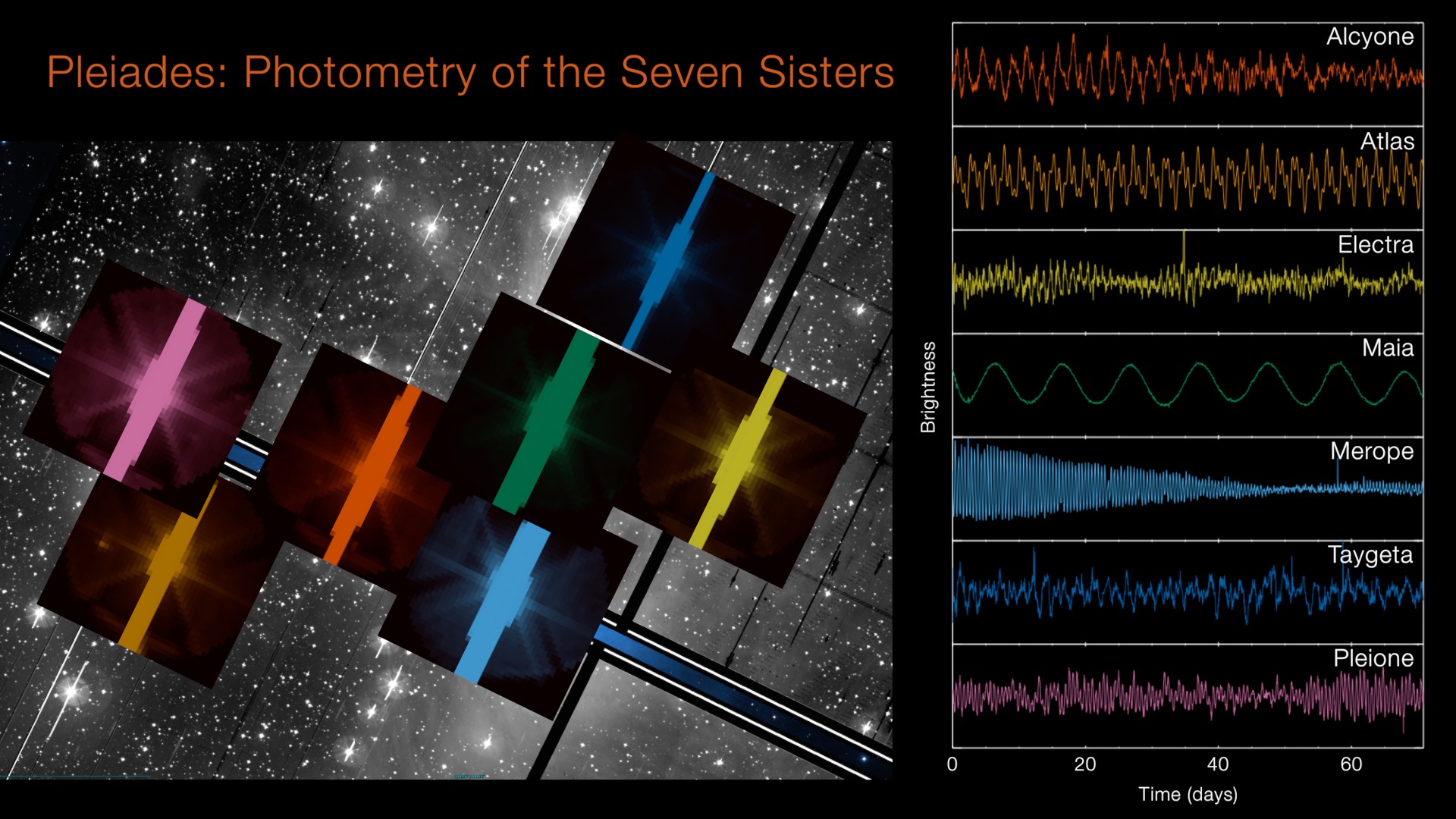TESS Spacecraft Animations
Beauty Pass of TESS spacecraft
The Transiting Exoplanet Survey Satellite (TESS) will discover thousands of exoplanets in orbit around the brightest stars in the sky. In a two-year survey of the solar neighborhood, TESS will monitor more than 200,000 stars for temporary drops in brightness caused by planetary transits. This first-ever spaceborne all-sky transit survey will identify planets ranging from Earth-sized to gas giants, around a wide range of stellar types and orbital distances. No ground-based survey can achieve this feat.
Second Beauty Pass of TESS spacecraft
Loopable animation of TESS spacecraft.
Credit: NASA's Goddard Space Flight Center/CI Lab
Credits
Please give credit for this item to:
NASA's Goddard Space Flight Center Conceptual Image Lab
-
Animator
- Walt Feimer (KBR Wyle Services, LLC)
-
Technical support
- Aaron E. Lepsch (ADNET Systems, Inc.)
-
Producer
- Scott Wiessinger (USRA)
Release date
This page was originally published on Monday, January 8, 2018.
This page was last updated on Sunday, November 12, 2023 at 11:28 PM EST.




